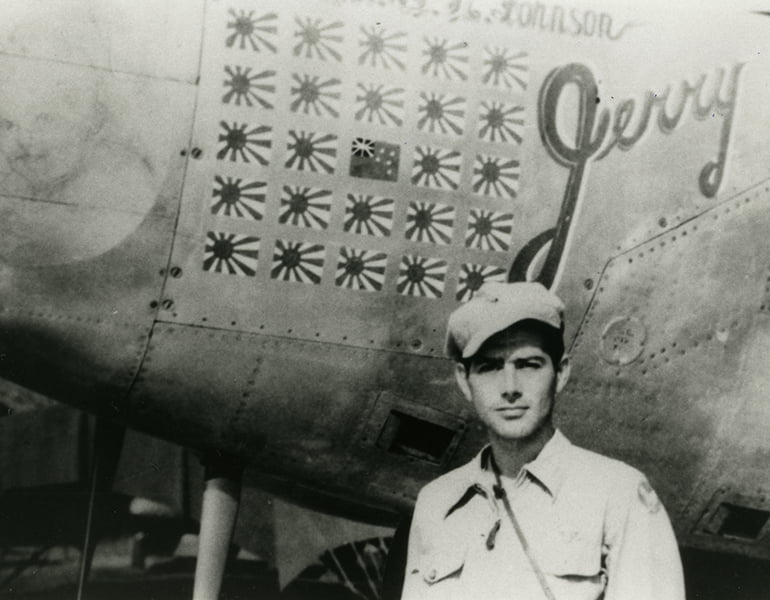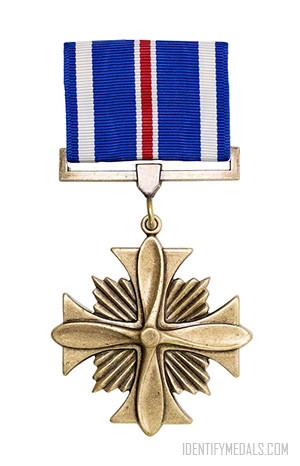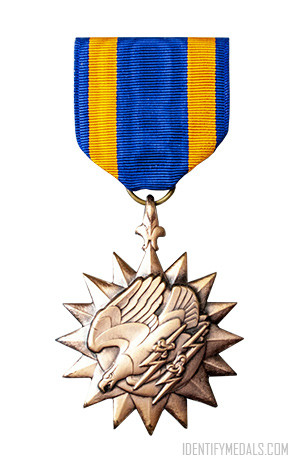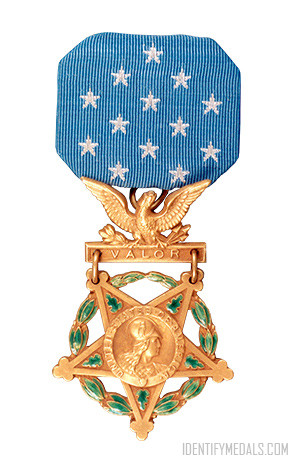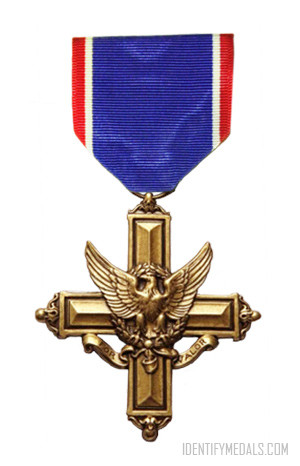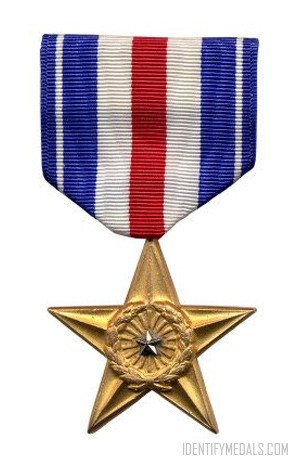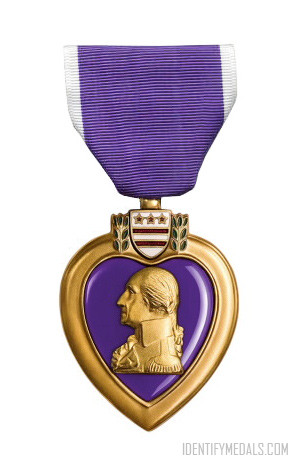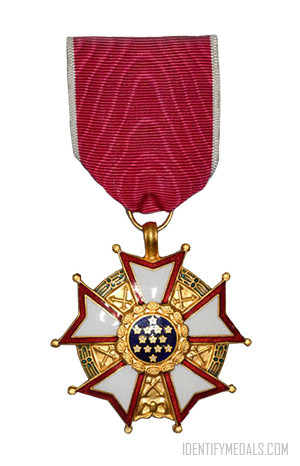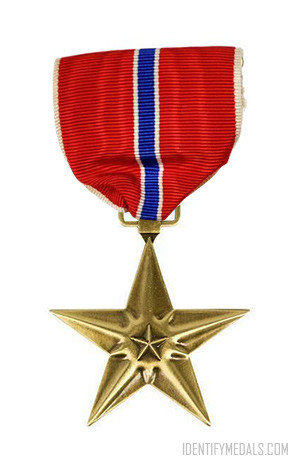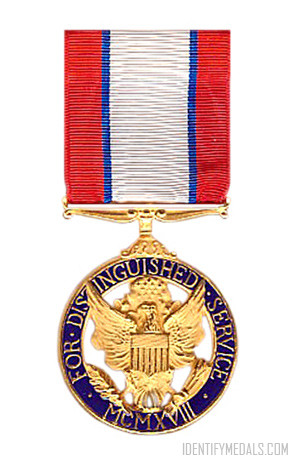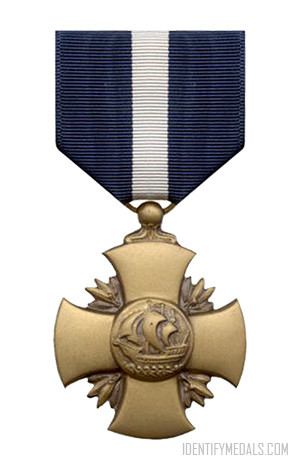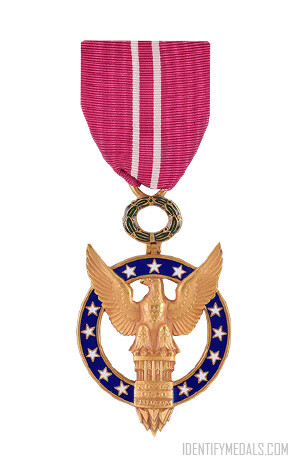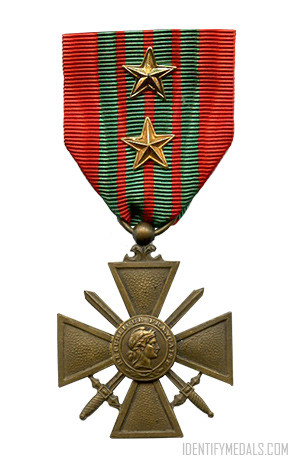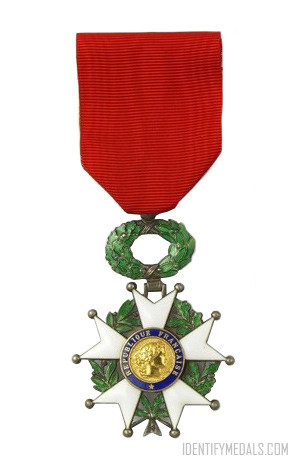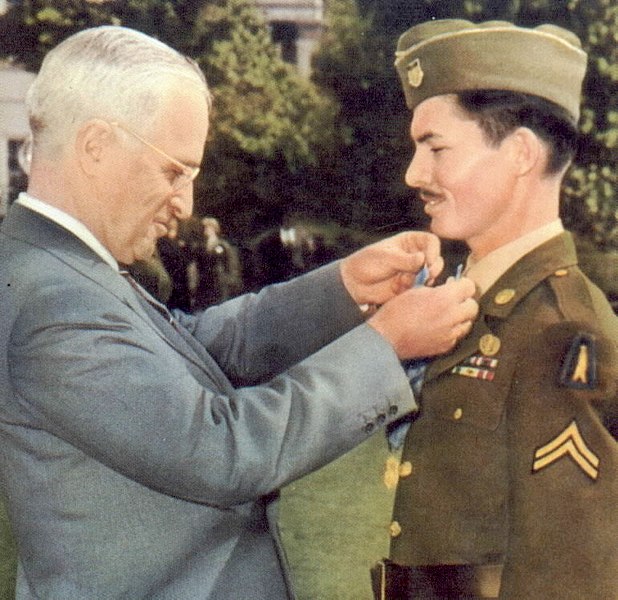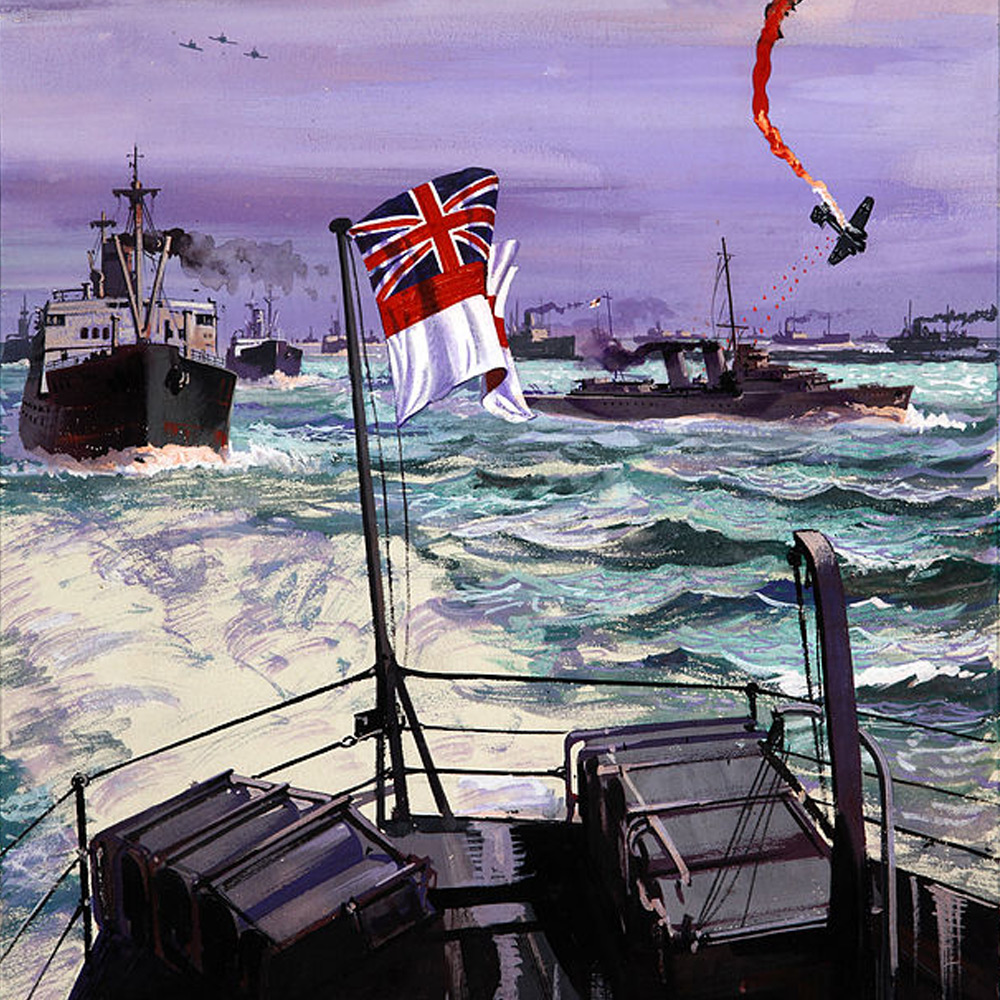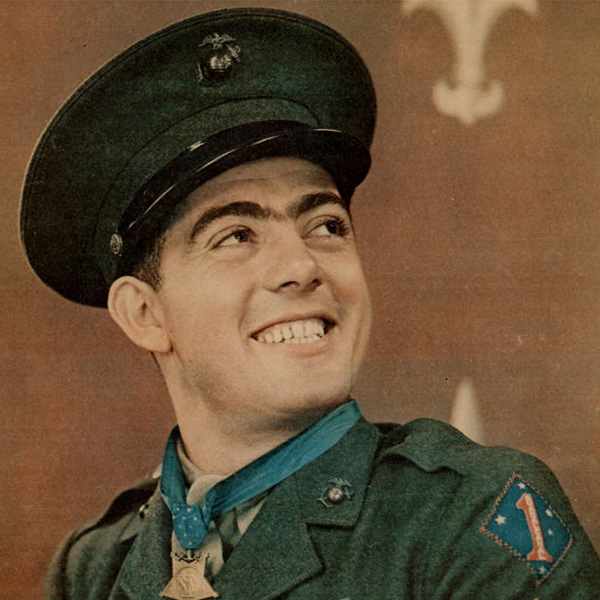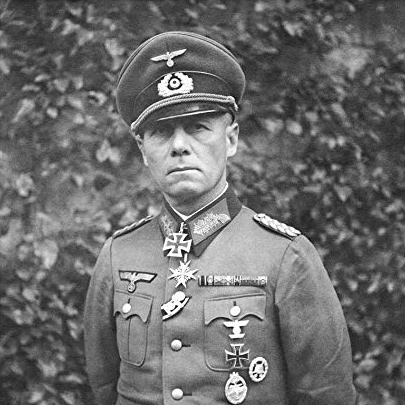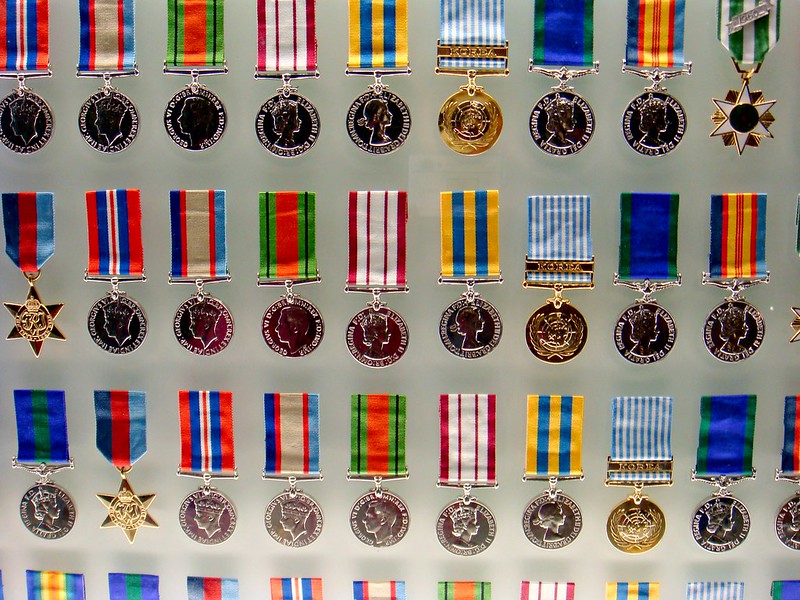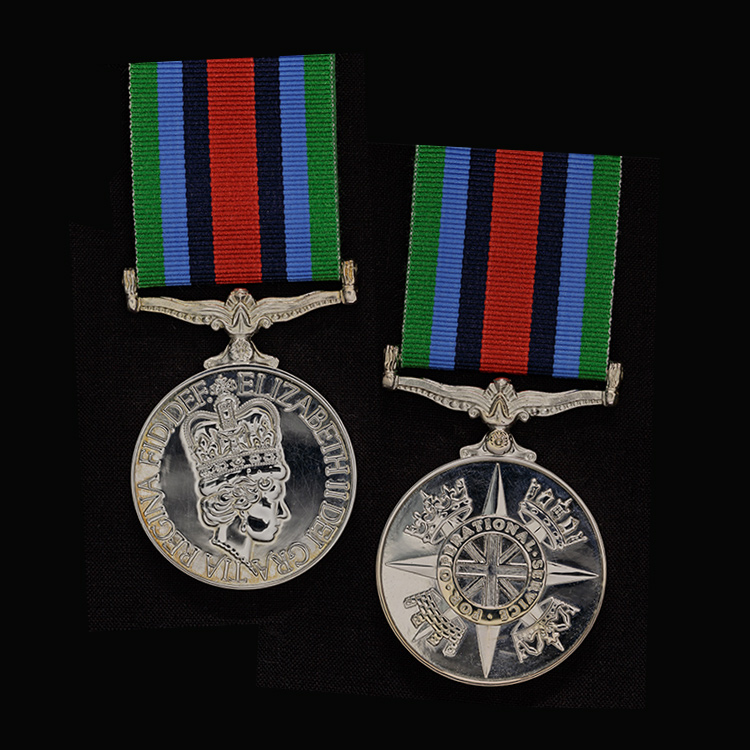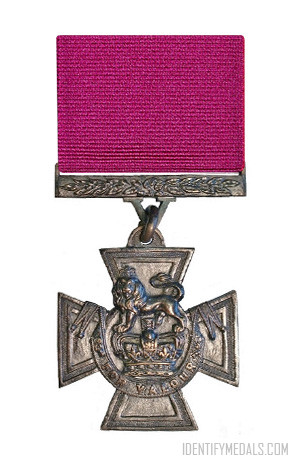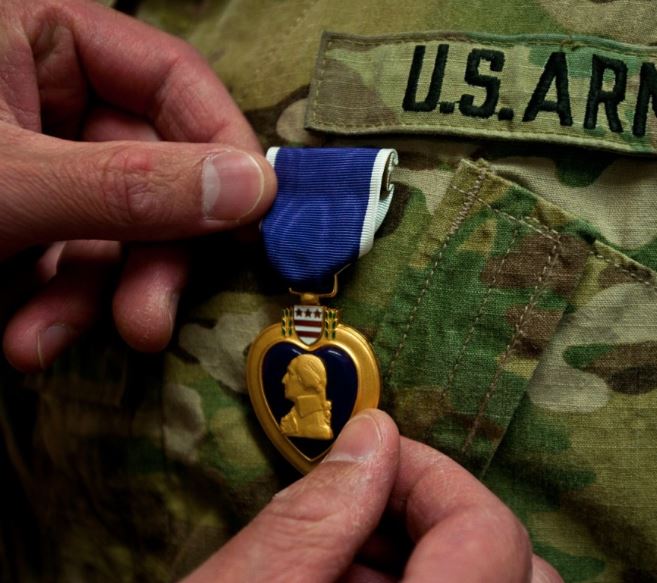During World War II, the United States produced a significant number of flying aces, skilled pilots who distinguished themselves by shooting down numerous enemy aircraft in aerial combat. These aces played a crucial role in the air war over Europe and the Pacific, contributing to the Allies’ victory.
One of the most famous American flying aces of World War II was Richard Bong, who became the highest-scoring American ace of all time. Flying P-38 Lightning aircraft in the Pacific Theater, Bong shot down 40 Japanese aircraft, making him a legend in the annals of military aviation. Another notable American ace was Francis “Gabby” Gabreski, who flew P-47 Thunderbolts and P-51 Mustangs in both the European and Pacific Theaters. Gabreski scored 28 aerial victories, becoming one of the top American aces of the war.
These flying aces, along with many others, demonstrated exceptional skill, courage, and determination in combat, contributing significantly to the success of Allied air operations during World War II. Their exploits continue to be celebrated as a testament to the bravery and heroism of those who served in the skies during the war.
What is a Flying Ace, and How Many Does the USA Have?
A fighting ace, flying ace or air ace is a military aviator who has achieved a certain number of aerial victories in combat. The specific criteria for being designated as a flying ace vary by country and era, but typically, a pilot must shoot down a certain number of enemy aircraft to earn this title. During World War I, for example, most countries considered a pilot with five or more confirmed aerial victories to be a flying ace.
In the United States, the term “flying ace” generally refers to pilots who achieved this distinction during World War I and World War II, although it can also apply to pilots from other conflicts.
During World War II, the United States had numerous flying aces who achieved significant kill scores. We don’t have exact numbers, but estimates indicate that there were around 1,439 aces in total across all participating countries during the war.
Top 10 Flying Aces of the United States
Below is the list of the top aces from the United States that fought during World War II. When possible, I’ve also included some of the distinctions they received. The score shown is based on that shown by the American Fighter Aces Association.
#1 - Richard "Dick" Ira Bong
Score: 40
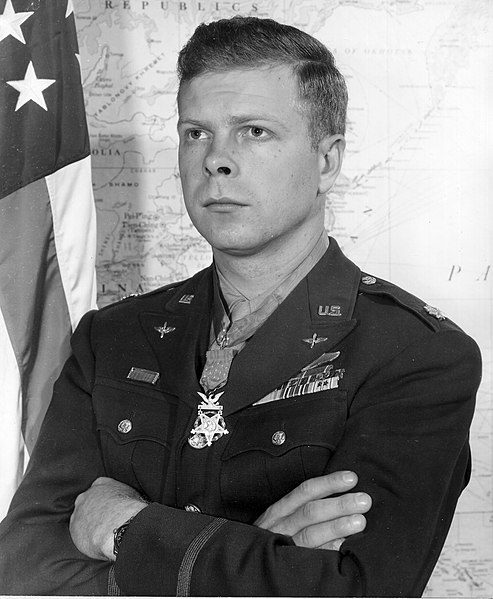
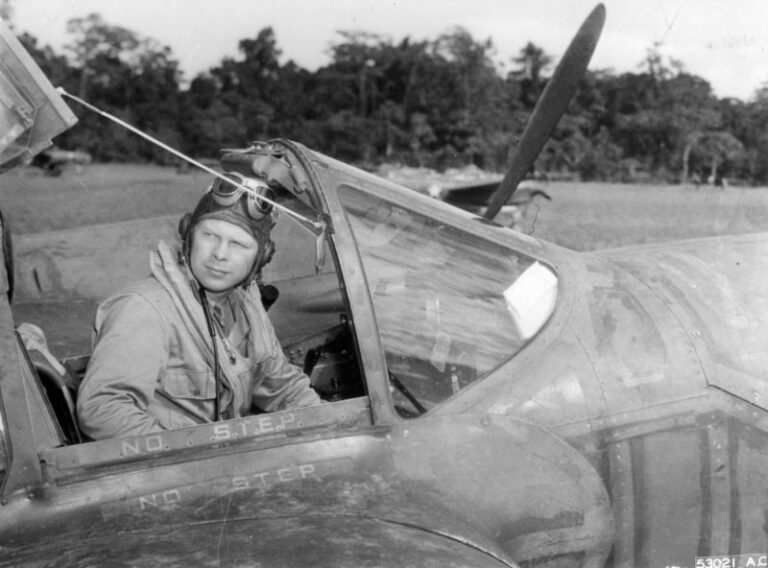
Richard “Dick” Ira Bong was one of the most celebrated American flying aces of World War II. Born on September 24, 1920, in Superior, Wisconsin, Bong demonstrated an early interest in aviation, earning his pilot’s license before he even graduated from high school. He enlisted in the United States Army Air Forces (USAAF) in 1941, shortly before the United States entered World War II.
Bong trained as a pilot and was eventually assigned to the Pacific theater, where he flew the Lockheed P-38 Lightning, a twin-engine fighter aircraft. He quickly distinguished himself as a skilled and fearless pilot, known for his precise marksmanship and aggressive tactics in aerial combat.
Bong’s combat career reached its peak during his service in the Southwest Pacific Theater, particularly in the defense of New Guinea and the Philippines. Flying his P-38 named “Marge,” Bong shot down a remarkable total of 40 Japanese aircraft, making him the top American fighter ace of World War II. His tally of aerial victories earned him numerous awards and accolades, including the Medal of Honor, the United States’ highest military decoration.
Medals and Awards
#2 - Thomas "Tommy" Buchanan McGuire Jr.
Score: 38
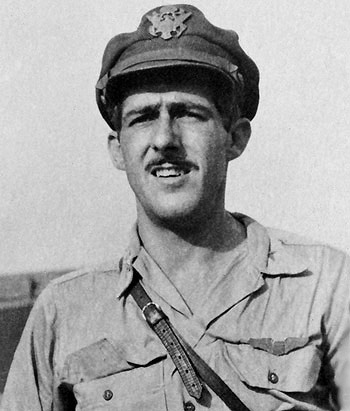
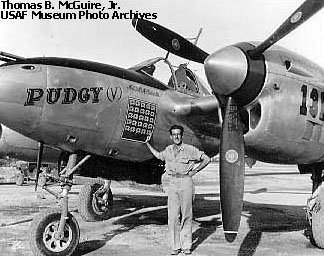
Thomas Buchanan McGuire Jr., known as Tommy McGuire, was an American fighter pilot and flying ace during World War II. Born on August 1, 1920, in Ridgewood, New Jersey, McGuire demonstrated an early passion for aviation. He attended the United States Military Academy at West Point and graduated in 1941.
After completing flight training, McGuire joined the United States Army Air Forces (USAAF) and was eventually assigned to the Pacific Theater of Operations. He flew the Lockheed P-38 Lightning, a twin-engine fighter known for its speed and firepower.
McGuire quickly gained a reputation as an exceptional pilot and marksman. He engaged in numerous aerial combat missions, primarily in the Southwest Pacific, where he participated in the defense of New Guinea and the Philippines.
McGuire’s combat prowess was highlighted by his extraordinary success in air-to-air combat. He became one of the top American aces of World War II, credited with shooting down 38 enemy aircraft. His achievements earned him the distinction of being the second-highest scoring American ace of the war, behind Richard Bong.
Despite his remarkable success, McGuire’s combat career was tragically cut short. On January 7, 1945, during a mission over the Philippines, his P-38 developed engine trouble. Rather than bailing out and risking the aircraft crashing into a populated area, McGuire chose to attempt a risky landing. Tragically, his aircraft crashed, and McGuire was killed instantly. He was posthumously awarded the Medal of Honor for his extraordinary heroism and self-sacrifice.
Medals and Awards
#3 - Francis Stanley "Gabby" Gabreski
Score: 34.5
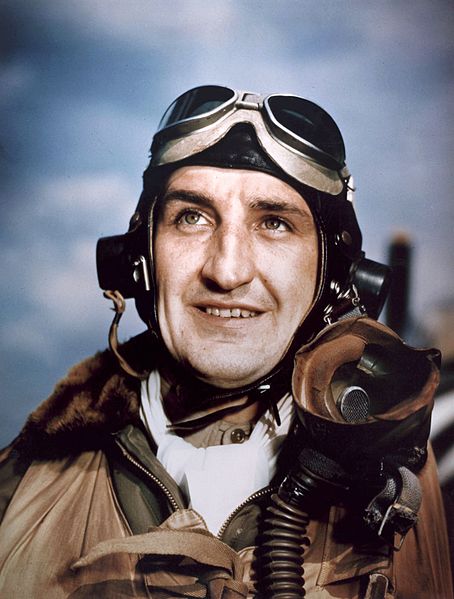
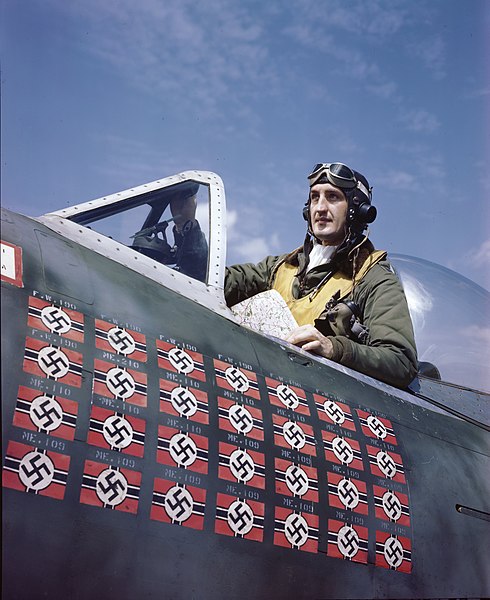
Francis Stanley “Gabby” Gabreski was one of the most renowned American fighter pilots of World War II and the Korean War. Born on January 28, 1919, in Oil City, Pennsylvania, Gabreski developed a passion for aviation at a young age. He attended Notre Dame University for a year before enlisting in the United States Army Air Corps in 1940.
During World War II, Gabreski flew P-47 Thunderbolts in the European Theater of Operations, primarily with the 56th Fighter Group. He quickly established himself as an exceptional pilot, earning a reputation for his aggressive flying style and marksmanship.
Gabreski became one of America’s leading aces of the war, credited with shooting down 28 enemy aircraft. He achieved this remarkable feat despite enduring his share of challenges, including being shot down himself and evading capture by German forces for several months.
In addition to his combat success, Gabreski’s leadership qualities were highly regarded. He eventually rose to the rank of colonel and commanded the 61st Fighter Squadron, where he continued to inspire his fellow pilots with his courage and determination.
After World War II, Gabreski remained in the military and transitioned to jet aircraft during the Korean War. He flew the F-86 Sabre and added six more aerial victories to his tally, making him one of the few pilots to achieve ace status in both World War II and the Korean War.
Medals and Awards
#4 - Captain David McCampbell
Score: 34
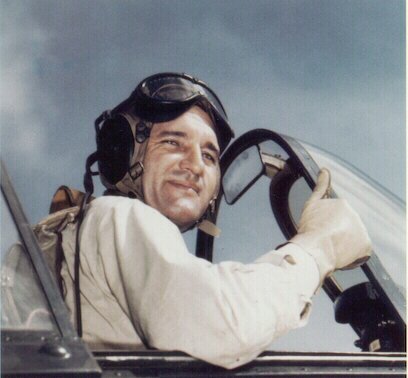
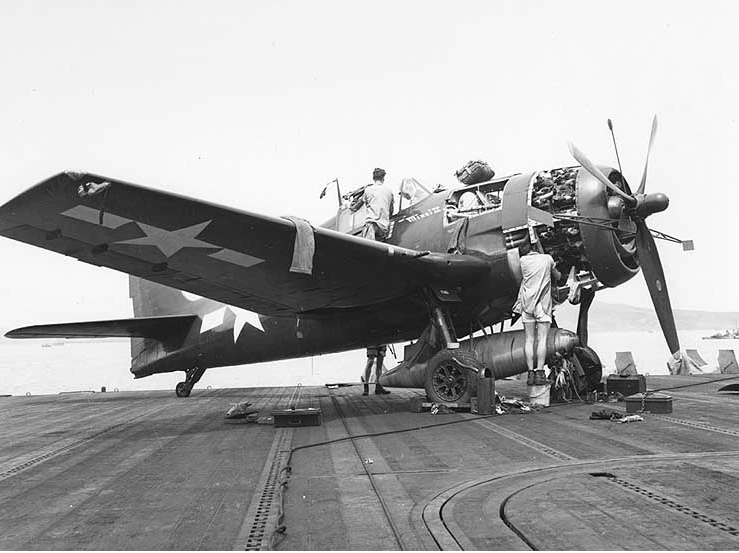
David McCampbell was an American naval aviator and fighter pilot who distinguished himself as one of the top flying aces of World War II. Born on January 16, 1910, in Bessemer, Alabama, McCampbell developed a passion for aviation at an early age. He attended the United States Naval Academy and graduated in 1933.
During World War II, McCampbell served as a fighter pilot in the Pacific Theater of Operations. He initially flew Grumman F4F Wildcats with Fighting Squadron 15 (VF-15) aboard the aircraft carrier USS Essex. McCampbell quickly established himself as an exceptional pilot and leader, earning the respect of his fellow aviators.
McCampbell’s combat prowess became evident during the Battle of the Philippine Sea in June 1944, also known as the “Great Marianas Turkey Shoot.” On June 19, McCampbell led a group of F6F Hellcat fighters from VF-15 in an engagement against Japanese aircraft. In the span of nine minutes, he shot down seven enemy planes, an extraordinary feat that earned him the Medal of Honor, the highest military decoration awarded by the United States.
Throughout the war, McCampbell continued to excel in aerial combat, amassing a total of 34 confirmed aerial victories, making him the U.S. Navy’s all-time leading ace.
Medals and Awards
#5: Robert Samuel Johnson
Score: 27
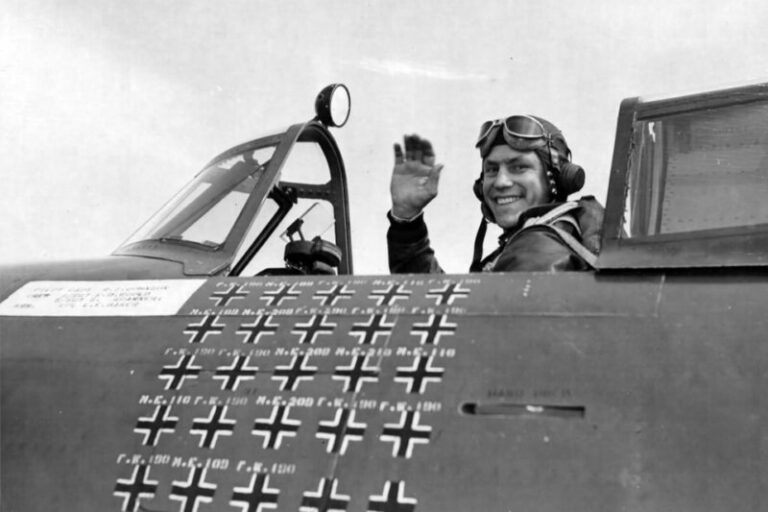
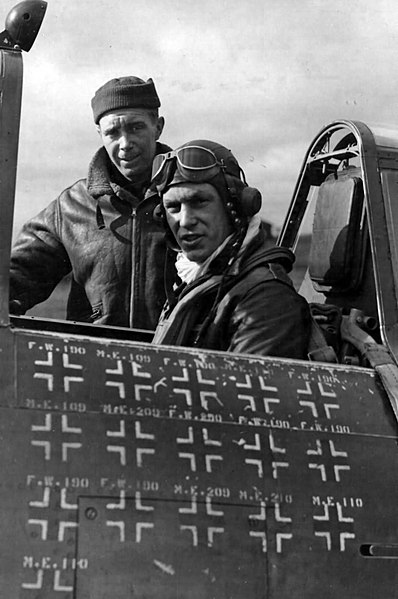
Robert Samuel Johnson, commonly known as “Bob” Johnson, was an esteemed American fighter pilot and flying ace during World War II. Born on February 21, 1920, in Lawton, Oklahoma, Johnson developed a passion for aviation from an early age. He attended the United States Military Academy at West Point and graduated in 1942.
During World War II, Johnson joined the U.S. Army Air Forces and became a pilot, flying the P-47 Thunderbolt fighter aircraft. He was assigned to the 61st Fighter Squadron, 56th Fighter Group, known as the “Zemke’s Wolfpack,” named after their legendary leader, Hubert “Hub” Zemke.
Johnson quickly demonstrated exceptional skill and bravery in aerial combat. He became known for his aggressive tactics and tenacity in engaging enemy aircraft. His combat record speaks volumes about his proficiency as a fighter pilot.
One of Johnson’s most notable engagements occurred on January 27, 1944, during a mission over Germany. In a single day, he shot down four German fighters, becoming an ace in a matter of minutes. Over the course of his combat career, Johnson achieved a total of 27 confirmed aerial victories, making him one of the top American aces of World War II.
Johnson’s leadership qualities and combat prowess earned him the respect of his fellow pilots and superiors. He was known for his cool demeanor under fire and his willingness to mentor younger pilots.
After the war, Johnson continued to serve in the U.S. Air Force, holding various command and staff positions. He retired as a colonel in 1966 but remained active in aviation circles, sharing his experiences and insights with future generations of pilots.
Medals and Awards
#6: Colonel Charles Henry "Mac" MacDonald
Score: 27
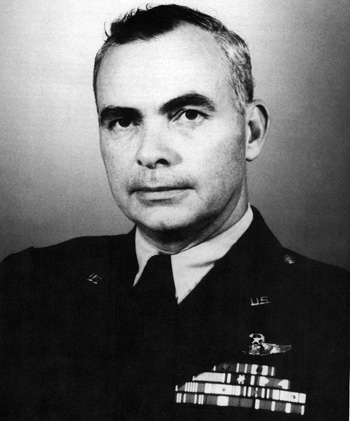
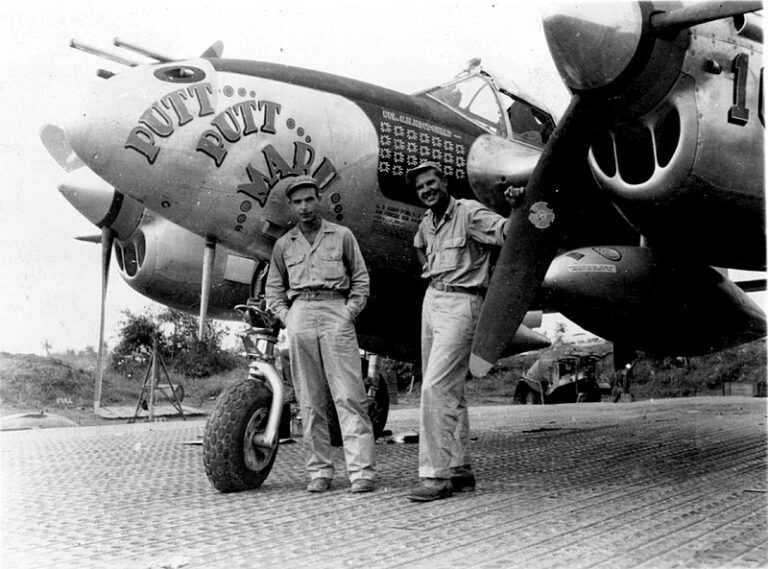
Colonel Charles Henry “Mac” MacDonald was an American fighter pilot and flying ace who distinguished himself during World War II. Born on July 6, 1915, in Pittsfield, Massachusetts, MacDonald developed an early interest in aviation and enlisted in the U.S. Army Air Corps in 1939.
During World War II, MacDonald served as a pilot in the European Theater of Operations, flying the P-47 Thunderbolt with the 56th Fighter Group, known as the “Wolfpack.” He quickly proved himself to be a skilled and aggressive pilot, earning a reputation for his tenacity and combat prowess.
MacDonald achieved ace status by shooting down five or more enemy aircraft in aerial combat. He excelled in air-to-air engagements against German fighters, contributing significantly to the air superiority efforts of the Allied forces.
One of MacDonald’s most notable achievements occurred on January 11, 1944, during a mission over Germany. Flying his P-47 Thunderbolt, he engaged a large formation of enemy fighters, leading his squadron in a fierce dogfight. In the intense aerial battle, MacDonald shot down four enemy planes, bringing his total number of aerial victories to six.
For his exceptional leadership and combat skill, MacDonald was awarded the Distinguished Service Cross, the second-highest military decoration of the United States Army, for his actions on that day.
Medals and Awards
#7: George Earl Preddy Jr.
Score: 26.8
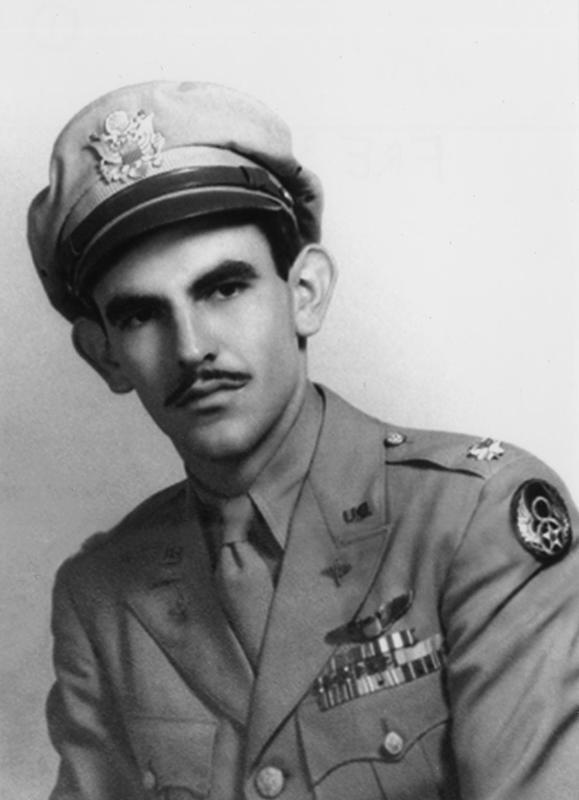
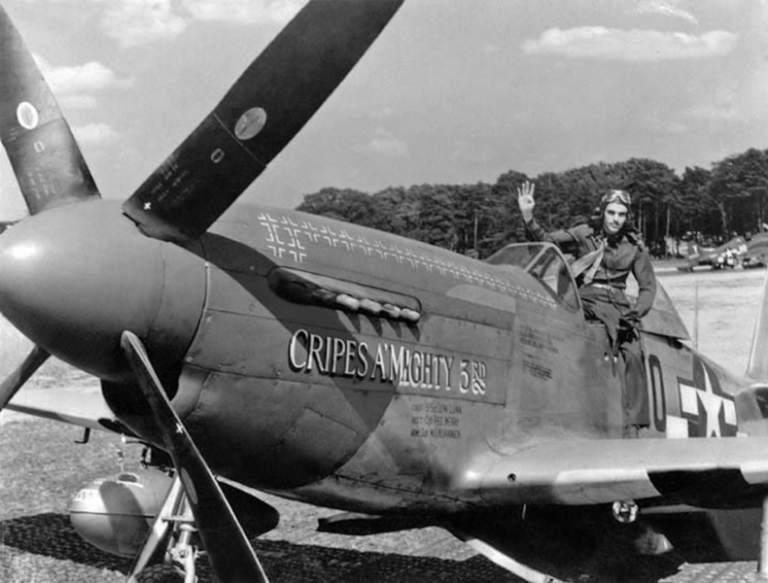
George Earl Preddy Jr. was an American fighter pilot and one of the top-scoring aces of the United States Army Air Forces (USAAF) during World War II. Born on February 5, 1919, in Greensboro, North Carolina, Preddy grew up with a passion for flying and joined the USAAF in 1941.
Preddy initially flew P-40 Warhawks in North Africa before transitioning to the P-51 Mustang, where he achieved the majority of his victories. Known for his exceptional marksmanship, Preddy quickly rose to prominence as a skilled and aggressive fighter pilot.
Preddy’s combat record includes numerous aerial victories against enemy aircraft, earning him the title of ace. He demonstrated exceptional skill and courage in air-to-air combat, often leading his squadron with determination and tactical acumen.
One of Preddy’s most significant engagements occurred on Christmas Day in 1944 during the Battle of the Bulge. Leading a group of P-51 Mustang, Preddy intercepted a formation of German fighters and bombers over Belgium. In the ensuing dogfight, he shot down multiple enemy aircraft, including several Focke-Wulf Fw 190 fighters.
During his illustrious career, Preddy achieved a total of 26 confirmed aerial victories, making him one of the top-scoring American aces of World War II. His achievements in combat earned him numerous awards and decorations, including the Distinguished Service Cross, Silver Star, and Distinguished Flying Cross.
Medals and Awards
#8: Joseph Jacob "Joe" Foss
Score: 26
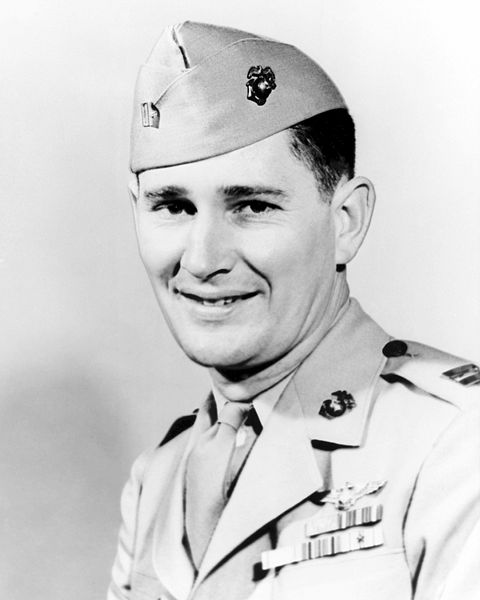
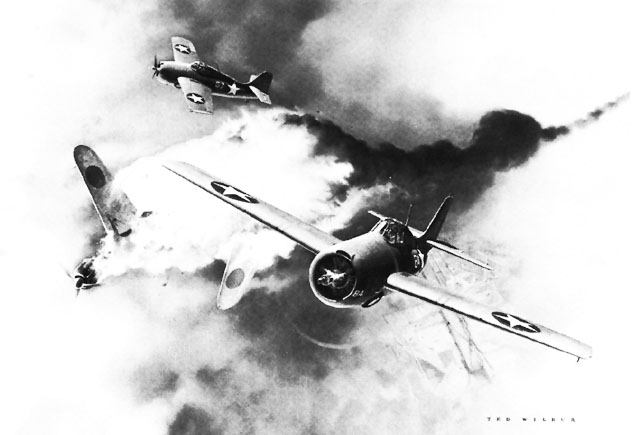
Joseph Jacob Foss was an American fighter pilot and flying ace who achieved remarkable success during World War II. Born on April 17, 1915, in Sioux Falls, South Dakota, Foss developed a passion for aviation from a young age.
Foss joined the United States Marine Corps (USMC) in 1940 and quickly distinguished himself as an exceptional pilot. He initially flew Grumman F4F Wildcats and later transitioned to the newer F4U Corsair.
During his service in the Pacific theater, Foss demonstrated exceptional courage and skill in aerial combat, earning a reputation as one of the top fighter pilots of the war. He was known for his aggressive tactics and sharp shooting abilities.
Foss’s combat record includes 26 confirmed aerial victories, making him one of the leading American aces of World War II. His most notable achievements came during the Guadalcanal Campaign, where he played a pivotal role in defending the strategic island from Japanese air attacks.
On October 9, 1942, Foss shot down an impressive three Japanese aircraft in a single engagement, showcasing his exceptional flying skills and combat prowess. For his actions during the Guadalcanal Campaign, Foss was awarded the Medal of Honor, the United States’ highest military decoration.
After the war, Foss continued to serve in various roles, including as a politician, businessman, and television host. He served as the Governor of South Dakota from 1955 to 1959 and later as the Commissioner of the American Football League (AFL).
Medals and Awards
#9: General John Charles Meyer
Score: 26
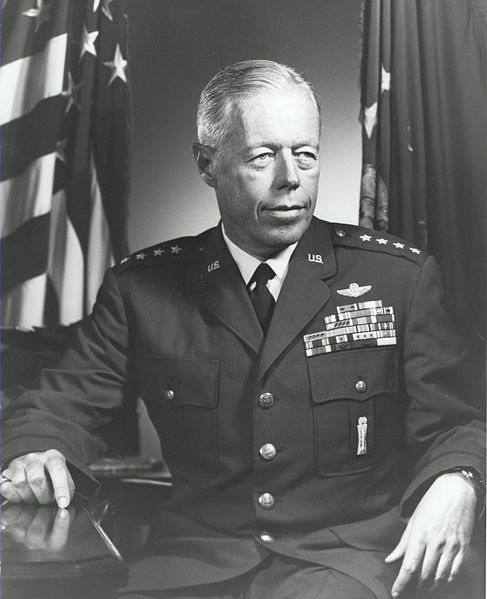
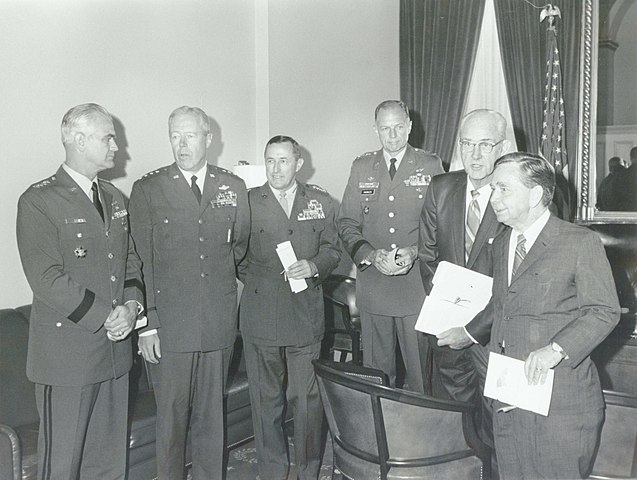
General John Charles Meyer, born on December 14, 1919, in Chicago, Illinois, was an esteemed American aviator and military leader. He distinguished himself as a skilled fighter pilot during World War II and later rose through the ranks to become a highly respected Air Force officer.
Meyer began his military career in 1941 when he enlisted in the United States Army Air Forces (USAAF) shortly before the United States entered World War II. He underwent flight training and eventually became a fighter pilot.
During the war, Meyer served in the European Theater of Operations, where he flew P-47 Thunderbolts and P-51 Mustangs. He quickly demonstrated his exceptional flying abilities and combat skills, earning a reputation as a courageous and effective fighter pilot.
Meyer’s combat record includes multiple aerial victories against enemy aircraft, making him a flying ace. He also participated in numerous missions, providing close air support to ground forces and conducting bomber escort missions deep into enemy territory.
One of Meyer’s most notable achievements occurred on January 11, 1944, when he engaged a large formation of German fighters over France. In a fierce aerial battle, he shot down several enemy aircraft, demonstrating his exceptional marksmanship and aerial combat tactics.
For his gallantry and skill in combat, Meyer was awarded the Distinguished Service Cross, the United States’ second-highest military decoration for valor in combat. He also received the Distinguished Flying Cross and numerous other awards for his wartime service.
Medals and Awards
#10: Edward Vernon Rickenbacker
Score: 26
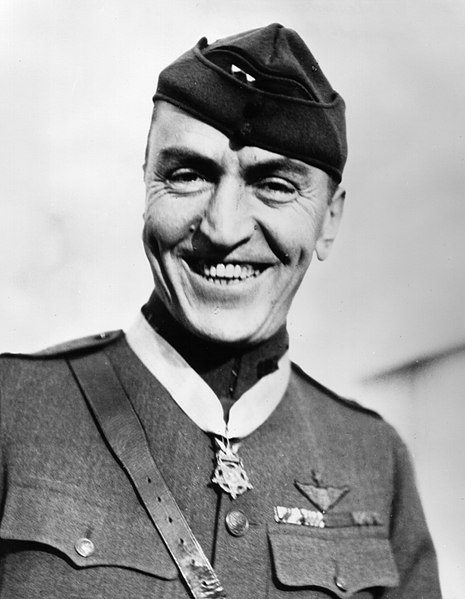
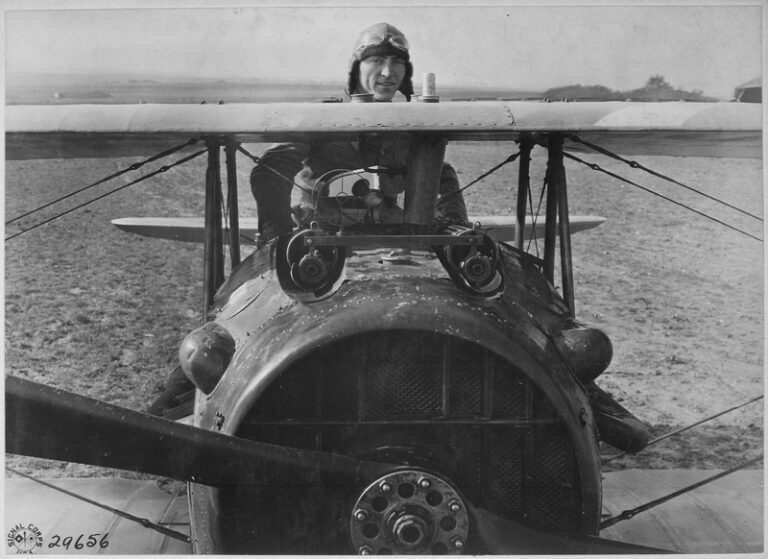
Edward Vernon Rickenbacker, born on October 8, 1890, was an iconic American fighter pilot, race car driver, and business executive. He is best known for his remarkable achievements as a flying ace during World War I, where he became one of the most celebrated and decorated pilots of the conflict.
Rickenbacker’s journey to becoming a flying ace was unconventional. Before the war, he gained fame as a race car driver, competing in numerous prestigious events such as the Indianapolis 500. With the outbreak of World War I, Rickenbacker saw an opportunity to serve his country and enlisted in the United States Army.
Initially assigned to non-combat roles due to his age and civilian background, Rickenbacker persisted in his desire to become a pilot. After completing flight training, he was commissioned as a first lieutenant and assigned to the 94th Aero Squadron, an American fighter unit deployed to the Western Front in France.
Flying the nimble SPAD XIII fighter aircraft, Rickenbacker quickly demonstrated his exceptional flying skills and combat prowess. Despite his initial struggles to adjust to aerial combat, he soon became one of the squadron’s most skilled pilots.
Rickenbacker’s combat record is impressive, with 26 confirmed aerial victories, making him the leading American ace of World War I. His daring exploits in the air earned him the nickname “Ace of Aces” and made him a national hero.

